The Sudd, a fast expanse of bogs and swamps, has inhibited the travel
along the Nile for centuries. The Nile forms the Sudd because it enters a
land of almost absolute flatness. The average slope from south to north
along 400km of the Sudd is only 0.01%. The water has no real gradient
to follow and no defined basin to pool into like in the Lakes of Albert,
Edward, and Victoria. It is located in southern Sudan and hinders
travel along the White Nile. Explorers dating back even to the Romans
who were trying to find the source of the Nile found a hard and almost
always insurmountable barrier in the Sudd. The Sudd is thick with reeds,
grasses, water hyacinth, and other water loving plants. These can form
massive blocks of vegetation that can shift position and block navigable
channels creating an ever-changing network of water. Sometimes there is
no channel a boat can travel on that will lead through the bog. Boats
carry saws and chains to clear the floating islands of plants from the
channel when the way through the area becomes lost.
The Sudd, also known as the Bahr al Jabal, As Sudd or Al Sudd, is a vast swamp in South Sudan, formed by the White Nile.
In the rainy season the Sudd can expand to an area the size of all of
England. In addition to the abundant plant life, there are a wide
variety of animals that live in the marsh including many types of birds,
fish, hippos, and of course mosquitoes which thrive in the warm,
saturated air. The high water saturation in the air and fast expanse of
marsh means that by the time the Nile exits the Sudd, it has slowed
tremendously in speed and has lost a large amount of water to
evaporation. There have been plans proposed in the past to create a
channel for the Nile that bypasses the Sudd and allowing more water to
make it to the river downstream in the deserts of northern Sudan and
especially to Egypt. This would mean, however, the loss of habitat for
the rich abundance of plant life in the area as well as the way of life
for the tribes who live along and amongst the reeds and need the
animals, plants, and water to survive. Civil war in Sudan, however, has
stopped any and all building plans for water diversion from the Sudd.
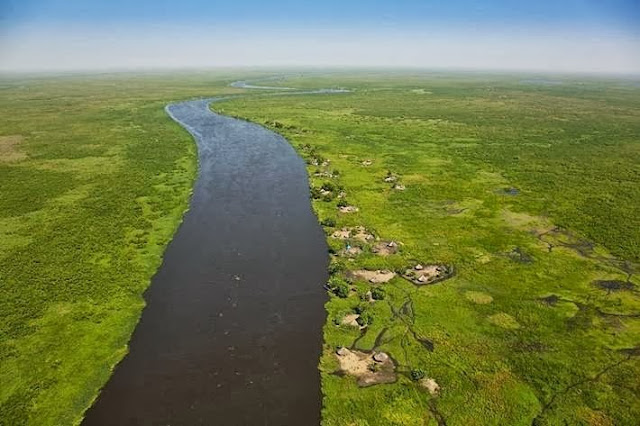 |
| The word “sudd” is derived from the Arabic word, “sadd”, or "barrier" The term has come to refer to any large solid floating vegetation island or mat. |
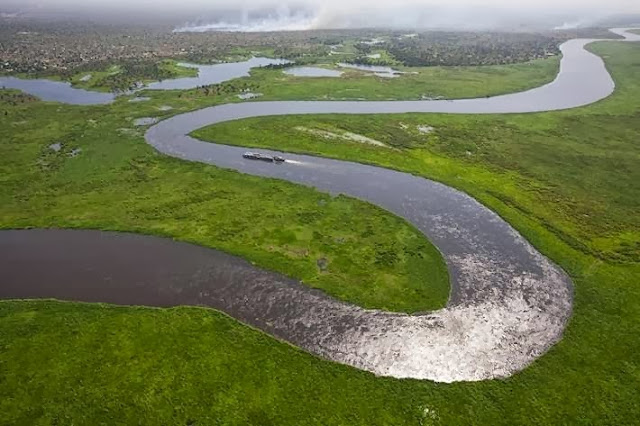 |
| The area which the swamp covers is one of the world's largest wetlands and the largest freshwater wetland in the Nile basin. |

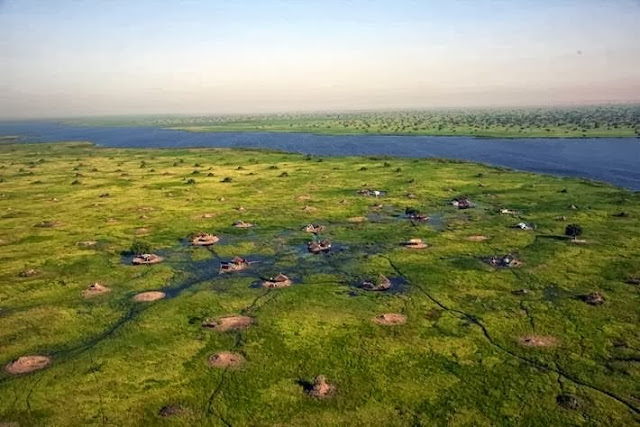

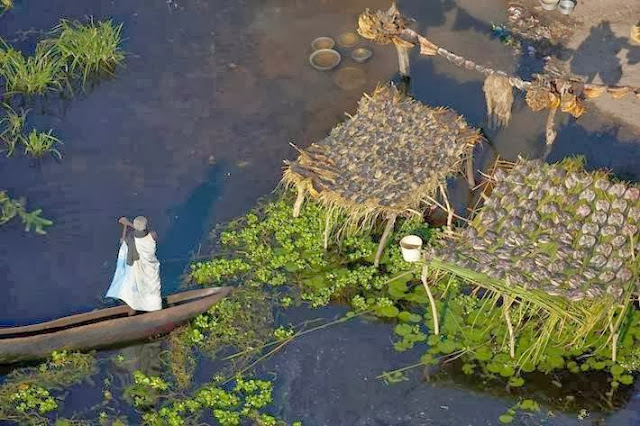
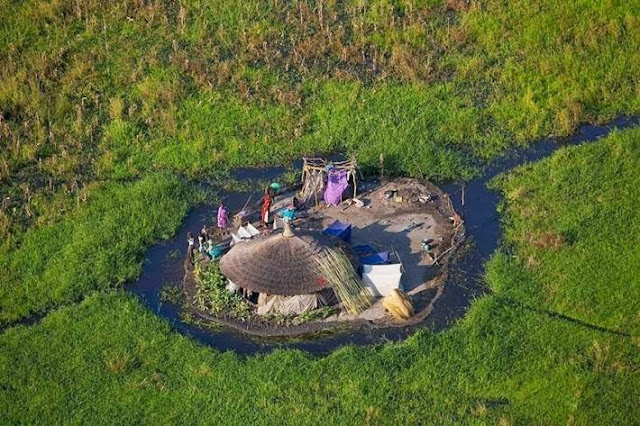
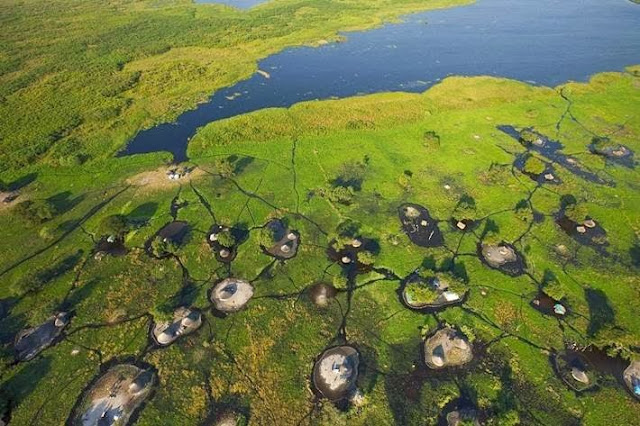
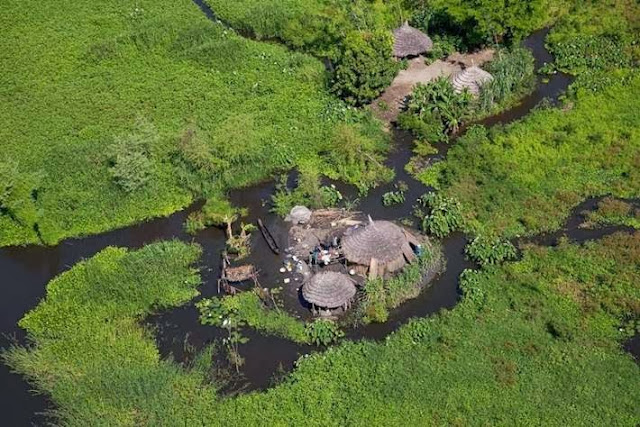
No comments:
Post a Comment